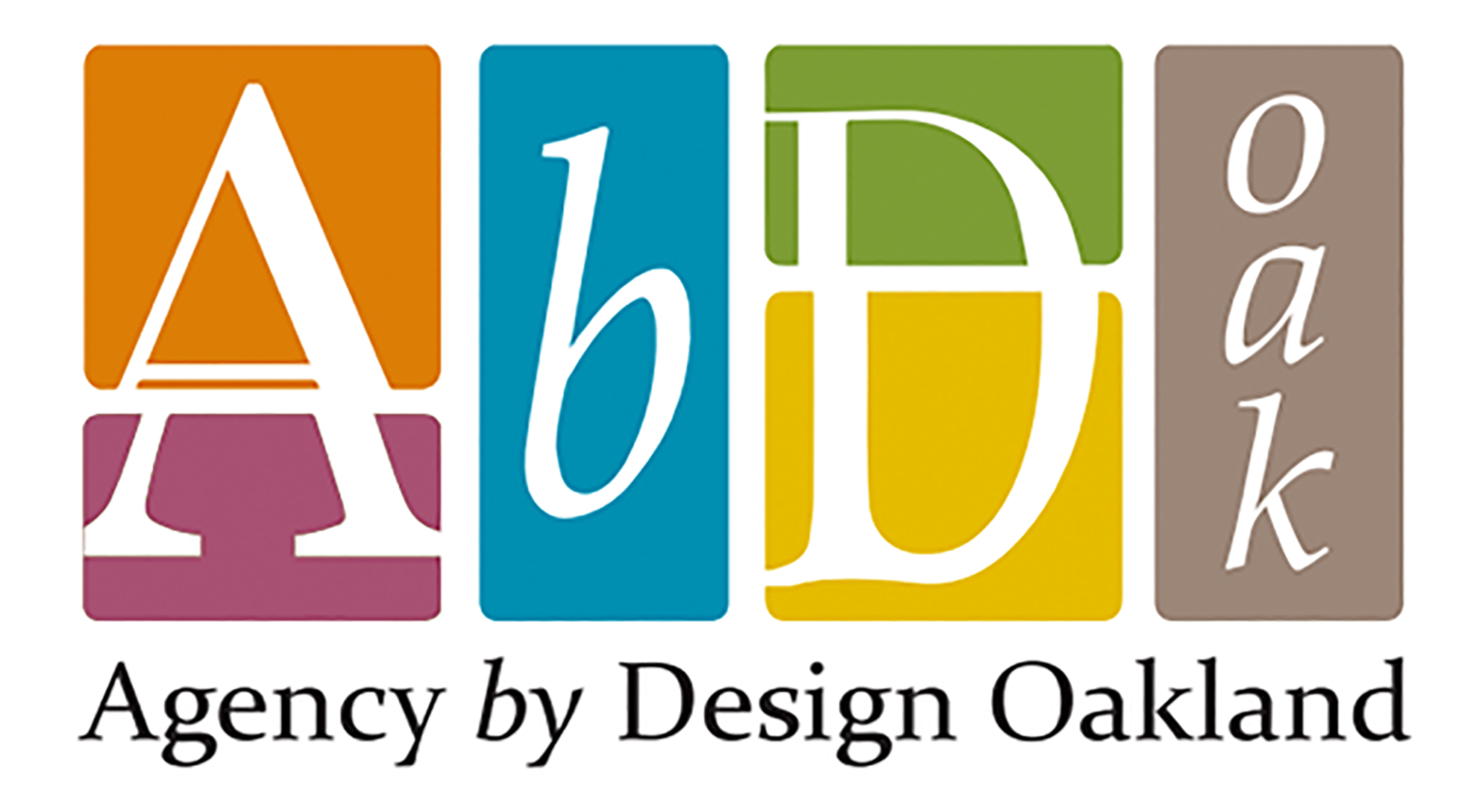A PICTURE OF PRACTICE BY 2018-2019 AGENCY BY DESIGN OAKLAND TEACHER FELLOW ERIN POSBERGH
Oakland International High School is a small public high school for newly arrived immigrants who have historically been underserved. All of Oakland International’s students immigrated to the United States within the last four years and are English Language Learners.
A newcomer student from Oakland International High School works on her final rollercoaster design.
“That’s hard” is the common response I get from friends in other fields when they find out I am a high school Physics teacher. They’re right, Physics is hard for many students. It’s especially hard for students who are immigrants to the United States who are trying to learn both the Physics content as well as the English language they need. However, what many don’t know is that Physics has the opportunity to be a lot of fun and use many materials and experiments to help students learn and deepen their content understanding.
“They’re right, physics is hard for many students. It’s especially hard for students who are immigrants to the United States who are trying to learn both the physics content as well as the English language they need.”
My inquiry question in Agency by Design Oakland’s teacher fellowship was “How does tinkering with materials impact student content knowledge?” This inquiry cycle coincided with my final unit on energy and roller coasters. Ultimately, I wanted to see results in the application of content knowledge, as well as a demonstration of deeper conceptual understanding of kinetic and potential energy post-tinkering.
Prior to teaching anything about energy, I had students spend time with materials. Students spent class periods experimenting with different types of marbles, foam, track and other materials that they would ultimately use to build their roller coasters. I saw students using their prior knowledge during this materials exploration, using content vocabulary I had taught in a previous unit. It was surprising to hear all of the vocabulary and content I had taught since August emerge. Students were using words like “velocity,” “friction,” and “resistance” correctly and with confidence. It was awesome to hear all this language come spilling out!
Final roller coaster design.
“It was surprising to hear all of the vocabulary and content I had taught since August emerge. Students were using words like “velocity,” “friction,” and “resistance” correctly and with confidence. It was awesome to hear all this language come spilling out!”
After tinkering and playing with these materials, students engaged in content lessons that had them grappling with new conceptual ideas in Physics. My hope was that students would be able to engage with these ideas at a deeper level, and I am not sure if they succeeded. There was still confusion over exactly what potential energy was and how it connected to gravity and height. Students still asked about the connection between kinetic energy and velocity (higher velocity = more kinetic energy). There was still a general confusion that came out of the energy calculations. Checking in on student understanding through questions, reflections, and assessment, my students’ confusion over these Physics concepts remained consistent even after their extended tinkering time.
After this inquiry, I cannot make a clear connection between tinkering with materials and deepening content knowledge within my classroom. Even though I didn’t get the results that I expected or wanted, this experience demonstrated the importance of tinkering with materials for newcomer students. Hearing students use prior content knowledge and vocabulary comfortably was a huge boost to our student community! While tinkering, students were confident in what they were talking about, and they were able to connect these new materials to prior knowledge. I’m looking forward to a new inquiry cycle where I can investigate and implement language supports in tinkering and scaffolding in order to better support newcomer English language development.
Final roller coaster design.
"I believe that making creates student agency, choice, and empowerment — students will be able to drive their own learning through choice. Making provides confidence and opportunities for students to find success and joy in their learning. Preparing students for real-world challenges, making allows for students to design, create, and test solutions to relevant problems."
Erin Posbergh is currently Assistant Principal at Montgomery High School in Santa Rosa, CA. During her time as an Agency by Design Oakland teacher fellow, Erin was a Physics Teacher at Oakland International High School. Prior to teaching in California, Erin taught Physics in New Jersey and New York City. “I grew up on a farm,” says Erin, “so naturally, I love all animals.” Erin has also run six marathons and enjoys spending time outdoors.





